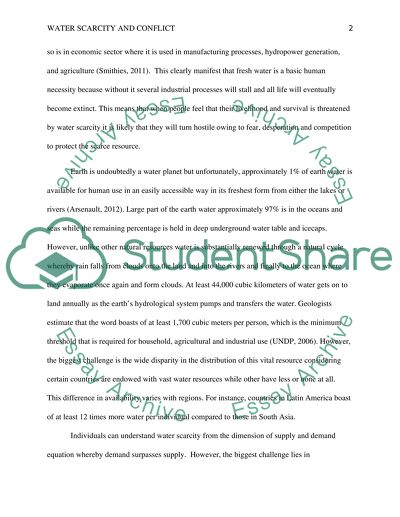Cite this document
(“Water Scarcity and Conflict - Prospects for Human Security Essay”, n.d.)
Retrieved from https://studentshare.org/geography/1474786-water-scarcity-and-conflict-prospects-for-human
Retrieved from https://studentshare.org/geography/1474786-water-scarcity-and-conflict-prospects-for-human
(Water Scarcity and Conflict - Prospects for Human Security Essay)
https://studentshare.org/geography/1474786-water-scarcity-and-conflict-prospects-for-human.
https://studentshare.org/geography/1474786-water-scarcity-and-conflict-prospects-for-human.
“Water Scarcity and Conflict - Prospects for Human Security Essay”, n.d. https://studentshare.org/geography/1474786-water-scarcity-and-conflict-prospects-for-human.


